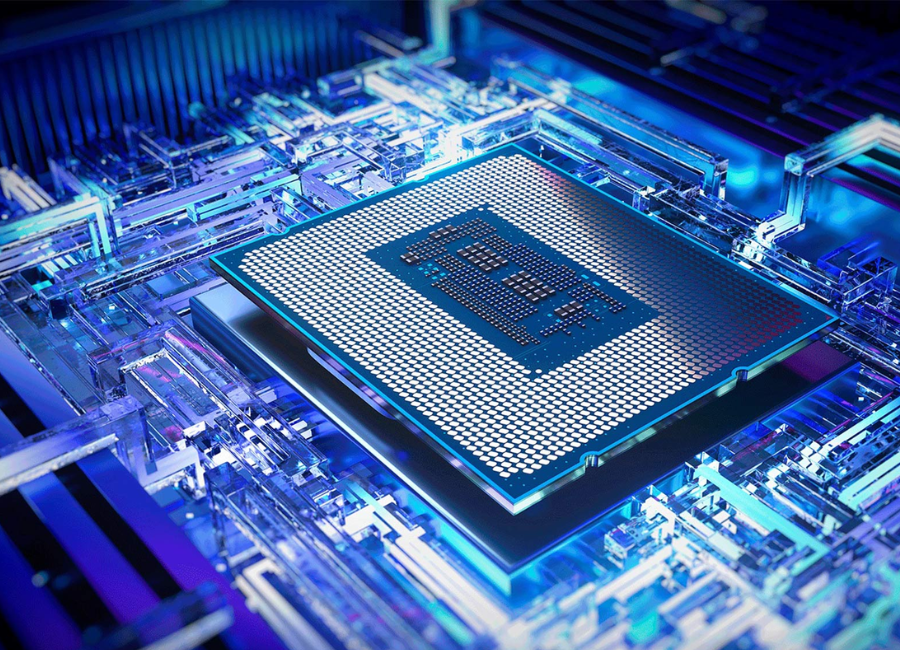Intel Corporation (INTC) has embarked on a significant initiative to reestablish its position in the tech industry, unveiling new AI chips designed for both data centers and personal computers. This move represents one of the most substantial architectural shifts for Intel in the last four decades, signifying a strategic pivot to solidify its presence in the expansive artificial intelligence (AI) sector.
The new offering from Intel, the Intel Core Ultra, features a neural processing unit that facilitates power-efficient AI acceleration, boasting a remarkable 2.5x improvement in power efficiency compared to its predecessor. Beyond its AI capabilities, the Intel Core Ultra exhibits superior graphics processing unit (GPU) and central processing unit (CPU) performance, effectively accelerating AI solutions.
In addition to the Intel Core Ultra, the company introduced the 5th Gen Intel Xeon processor family. This latest processor lineup promises a 21% average performance increase for general compute tasks and a 36% boost in average performance per watt across a spectrum of customer workloads. Equipped with built-in AI acceleration, optimized software, and enhanced telemetry capabilities, the 5th Gen Xeon aims to enable more manageable and efficient deployments for demanding network and edge workloads in various use cases.
Intel also provided an update on the impending release of Intel Gaudi3, its next-generation AI accelerator chips set to launch in 2024. These AI accelerators, known for their prowess in handling deep learning and large-scale generative AI models, are expected to play a crucial role in the development of services like chatbots. As the demand for generative AI solutions rises, Intel anticipates a substantial market share in the accelerator space in 2024, led by the Gaudi lineup.
Continuing its commitment to technological advancements, Intel is on track with its 5N4Y (five nodes in four years) program, aiming to reclaim leadership in transistor performance and power efficiency by 2025. Following the launch of Intel 7, the company introduced Meteor Lake in Q3, marking the 14th generation of processors and the inaugural chip manufactured on the Intel 4 process. Intel’s innovation includes a chiplet design with a 7nm build and extreme ultraviolet lithography (EUV).
Intel 3, part of the 5N4Y program, is progressing as planned, with Sierra Forest (SRF) scheduled for release in H1 2024, and Granite Rapids (GNR) following soon after. Additionally, Intel unveiled plans for glass substrates designed for advanced chip packaging, aiming to deliver one trillion transistors on a package by 2030.
The company is strategically investing in expanding its manufacturing capacity as part of its IDM 2.0 (Integrated Device Manufacturing) strategy. In Q2 2023, Intel entered into an agreement with the German government to invest over 30 billion euros in expanding its semiconductor manufacturing facility in the country. This facility will collaborate with existing facilities in Ireland and the planned facility in Germany to create a comprehensive semiconductor manufacturing value chain in Europe.
Moreover, Intel announced the development of a state-of-the-art semiconductor assembly and test facility near Wroclaw, Poland, to meet the growing demand for advanced semiconductor solutions. These initiatives position Intel for sustained long-term growth in the tech industry.
Intel’s shares have demonstrated strong performance, gaining 67.8% in the past year, though this lags behind the industry’s growth of 120.8% over the same period.


